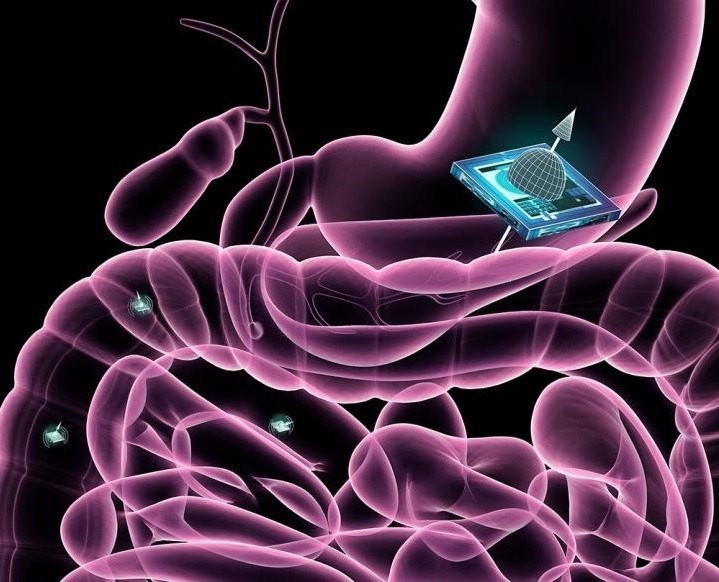New microchip technology could lead to 'smart pills' that diagnose and treat diseases
Device works using the same principles as an MRI machine.

A team of researchers has developed new technology, which could one day be used in 'smart pills' that automatically diagnose and treat diseases. The unique microchip can be located with precision in the body, a challenge that has been very difficult to overcome until now.
"The dream is that we will have microscale devices that are roaming our bodies and either diagnosing problems or fixing things," said Azita Emami, who co-led the research, conducted at the California Institute of Technology and published in the journal Nature Biomedical Engineering.
"Before now, one of the challenges was that it was hard to tell where they are in the body."
The microchip developed by the team, called ATOMS, works using the same principles as magnetic resonance imaging (MRI).
Certain ATOMS are able to absorb and emit radio frequencies when placed in a magnetic field. An MRI machine harnesses this property to locate atoms in a patient's body, producing an image.
Similarly, the microchip can be located in the body using magnetic fields because it is equipped with technology that allows it to mimic the magnetic resonance properties of ATOMS.
Though the technology is still in its infancy, it is hoped that one day it could be built in to micro-devices which will monitor our bodies, measuring various aspects of a patient's health and instantly relaying the information to doctors. The devices could even be designed to release certain drugs and treatments as and when they are needed.
"You could have dozens of microscale devices traveling around the body taking measurements or intervening in disease", said Mikhail Shapiro, another author of the research. "These devices can all be identical, but the ATOMS devices would allow you to know where they all are and talk to all of them at once."
The final prototype chip has a surface area of just 1.4 square millimetres but contains a whole array of sensors and wireless transmitters so that it can located with accuracy.
The next step for the researchers is to build a device that can also relay back information about the body.
"We want to build a device that can go through the gastrointestinal tract and not only tell us where it is but communicate information about the various parts of the body and how they are doing," said Manuel Monge, lead author of the study.
© Copyright IBTimes 2025. All rights reserved.





















